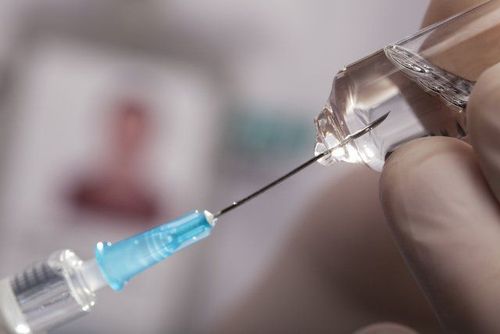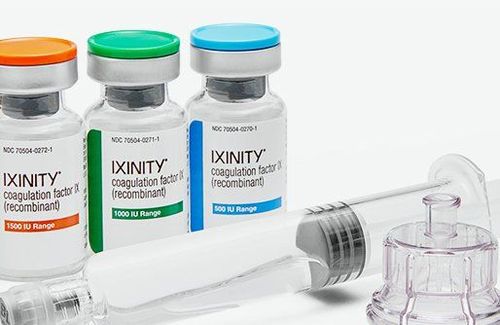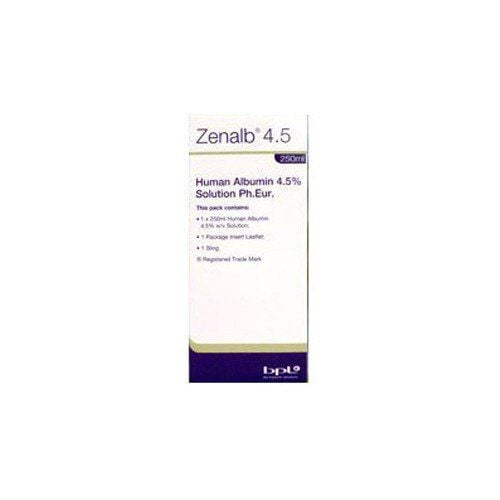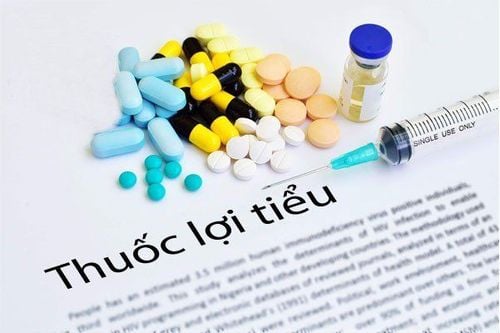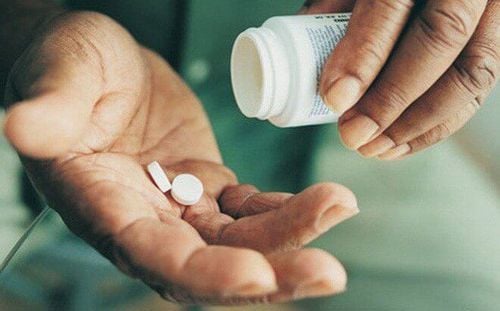This is an automatically translated article.
Posted by Specialist Doctor II Phan Phi Tuan - Head of General Surgery Department - General Surgery Department - Vinmec Phu Quoc International General Hospital
Colloidal solutions are solutions composed of large homogeneous molecules and not crystals or microscopic particles dissolved in another substance. Colloidal solutions can be classified as solutions of blood origin, e.g. albumin, plasma proteins, and fresh frozen, semisynthetic plasma (hydroxyethylstarch-HES), dextrans or gelatins.
1. General properties
Colloidal solutions contain large molecules that do not easily migrate out of the vascular compartment. These molecules create an osmotic force known as colloid osmotic pressure (or oncotic pressure) that enhances water retention in the vascular compartment.
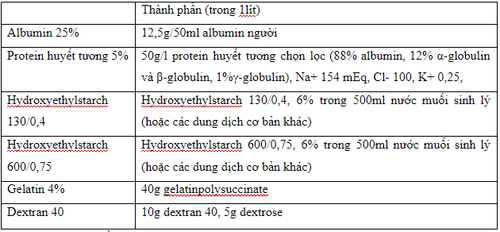
Accordingly, the change in capillary fluid related to the role of colloidal osmotic pressure is shown in the formula:
Q ~ (Pc – COP).
Q is the flow rate through the capillaries. Pc is the hydrostatic pressure in the capillaries. COP is the colloidal osmotic pressure of plasma. Approximately 80% of COP is due to plasma albumin concentrations. The two pressures (Pc and COP) act in opposition: Pc promotes fluid movement out of the capillaries and COP increases fluid migration into the capillaries.
In the supine position, the mean normal Pc is 25 mmHg and the normal COP is about 28 mmHg, so the two forces are roughly equal. While crystalloids reduce plasma COP (dilution effect) causing migration of this fluid out of the blood stream, colloids tend to preserve plasma COP, helping to retain these fluids in the blood stream. This is important when a rapid volume of circulation is required without causing extravasation and interstitial edema. Hence, the volumetric efficiency of the macromolecule infusion is much larger than that of the crystalloid.
Properties of some colloids are as follows

2. Albumin . solution
Albumin solutions are heat-treated preparations of human serum albumin which are available as 5% (50 g/L) and 25% (250 g/L) solutions in 0.9% NaCL with the following characteristics:
2.1. Volumetric efficiency
Albumin 5% is a solution with an oncotic pressure (COP is 20 mmHg) below the oncotic pressure of plasma. The volumetric effect is at least 70% retained in the plasma, which begins to disappear after 6 hours and is completely lost by 12 hours.
Albumin 25% is a solution with an oncotic pressure (COP of 70 mmHg) approximately 2.5 times the oncotic pressure of plasma. Increases plasma volume approximately 3-4 times the infusion volume. The duration of action is similar to that of 5% albumin. 25% albumin does not replace lost circulating volume, but causes fluid to move from one compartment to another, so it is not used for volume resuscitation in the event of acute blood loss. The primary role of 25% albumin is in patients with hypoalbuminemia and edema, hypotension, or resistance to diuretics.
2.2. Security
Previous claims of increased mortality from albumin solutions have not been confirmed in recent studies. The current consensus is that 5% albumin is safe to use as a resuscitation fluid. The exception is probably in patients with traumatic head injury, as one large study showed higher mortality in traumatic brain injury patients resuscitated with albumin instead of isotonic saline.
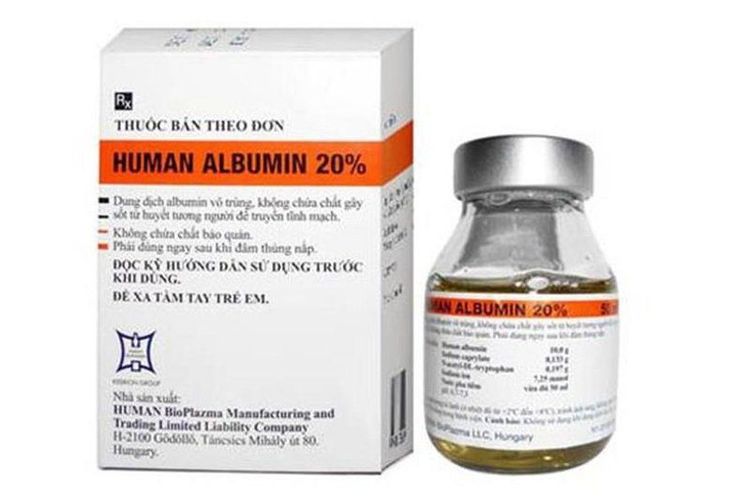
3. HES . solution
Hydroxyethyl starch (HES or hetastarch) is a chemically modified starch polymer available as a 6% solution in isotonic saline.
3.1. Volumetric efficiency
Hetastarch has a 5% higher COP than albumin and is slightly more effective in increasing plasma volume (1-1.3 vs. 0.7-1.3). The volumetric effect of hetastarch is also longer lasting (up to 24 hours) than with 5% albumin (12h).
3.2. Security
There is convincing evidence that critically ill patients receiving hetastarch are at increased risk for renal failure requiring dialysis and increased mortality. Hetastarch is also associated with an increased risk of bleeding, especially after cardiopulmonary bypass. Because of its poor safety, the FDA issued a 2013 warning against the use of hetastarch in critically ill patients.
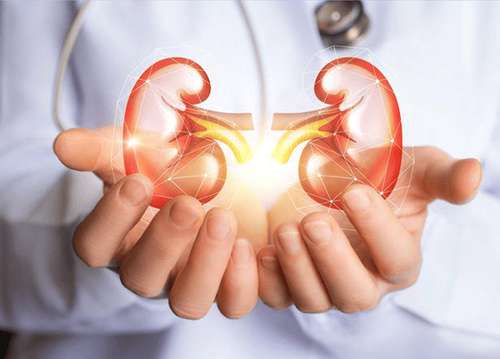
4. Dextrans
Dextrans are glucose polymers that were previously used to increase plasma volume in the 1940s. The two most common dextran preparations are dextran-40 (10%) and dextran-70 (6%).
4.1. Volumetric efficiency
Both types of dextran have a COP of 40 mmHg (i.e. have a higher oncotic pressure of the plasma), an increase in plasma volume greater than that of 5% albumin or 6% hetastarch. Dextran-70 may be preferred because of its longer duration of action (12 hours) than dextran-40 (6 hours).
4.2. Cause bleeding
Dextrans may cause dose-related bleeding due to impaired platelet aggregation, decreased levels of factor VIII and von Willebrand, and increased fibrinolysis. Hemostatic disorders are minimized by limiting the daily dose of dextran to only 20 mL/kg.
Blood group test disorders: Dextrans coats the surface of red blood cells and can affect blood cross compatibility. Red blood cell preparations must be washed to eliminate this problem. Renal Injury: Dextrans is associated with renal injury from increased oncotic pressure similar to that reported with hetastarch. However, it rarely happens. Anaphylactic reactions: Used to be common with dextrans, but now reported in only 0.03% of infusions.

5. Gelatin
The gelatins are polypeptides obtained from the hydrolysis of bovine bone collagen. There are two types of gelatin: converted solution gelatin (GFM) and urea bridged gelatin (GPU). These solutions are less dispersed, slightly hypertonic, and the colloidal permeability is close to that of plasma, unchanged at 4oC - 20oC. The pharmacokinetics of these solutions are not fully known.Retention time in the vascular compartment after infusion is about 5 hours and about 20 - 30% of the dose passes through the interstitial space. Elimination is mainly via the kidney and does not accumulate in tissues. In volume-depleted patients, a 500 mL infusion increased plasma volume to 400 to 500 mL, but only to 300 mL 4 hours later.
Please dial HOTLINE for more information or register for an appointment HERE. Download MyVinmec app to make appointments faster and to manage your bookings easily.






